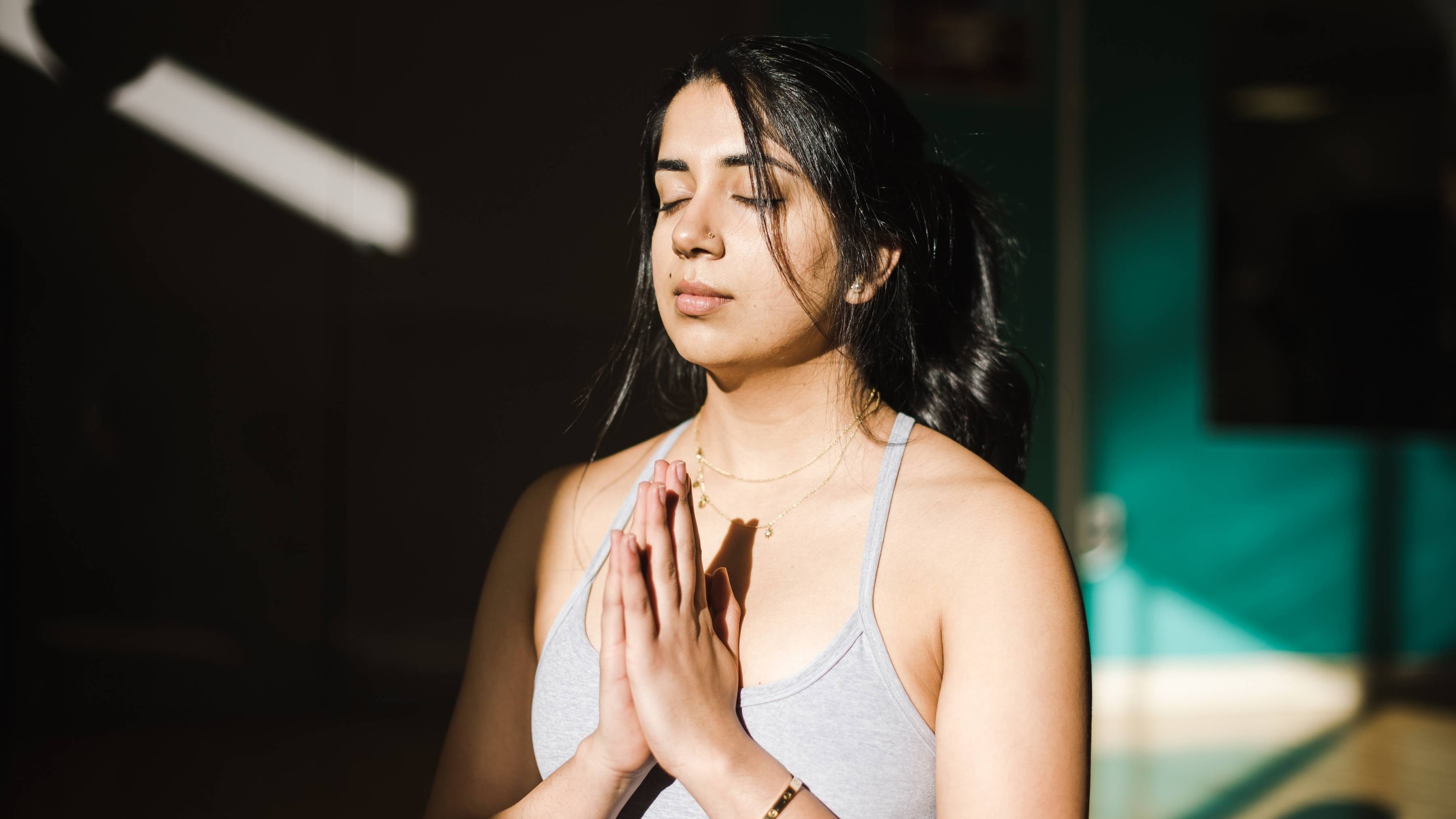If you're struggling with excessive hair fall, yoga might just be the gentle yet powerful solution you've been overlooking. More than just a practice for flexibility or stress relief, yoga for hair fall works by improving blood circulation to the scalp, calming the nervous system, and rebalancing hormones—all of which are key to healthier hair growth.
The connection between yoga and hair health is rooted in its ability to tackle internal imbalances that often go unnoticed. It's not just about treating hair fall—it's about restoring your body's natural equilibrium from within.
If you've been noticing more hair on your pillow than usual, you're not alone. Hair fall can happen for a variety of reasons—stress, nutritional deficiencies, hormonal imbalances, genetics, or even environmental factors like pollution. While there are plenty of treatments out there, sometimes the simplest and most natural solutions work best. And this is where yoga for hair fall and specifically yoga for hair fall control comes in.
Yoga isn't just for relaxation or flexibility; it also improves blood circulation, reduces stress, and helps restore hormonal balance, all of which can help control hair fall and even support new hair growth.
Let's break down why yoga might just be the secret weapon your hair needs.
01Benefits of Yoga for Hair Fall
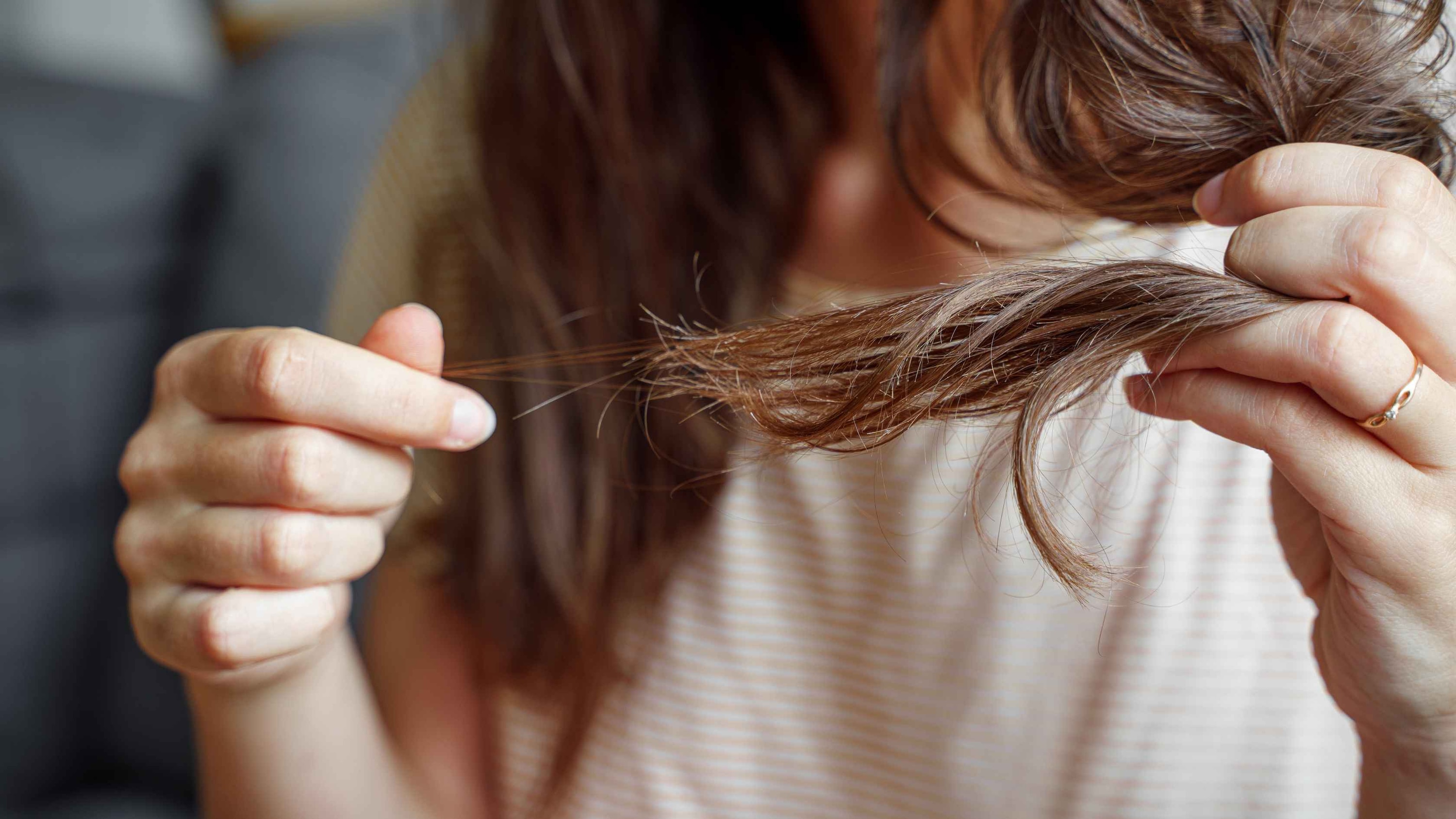
Here are a few key reasons why you should do yoga for hair growth and how it can help with hair fall:
- Improves blood circulation: Certain yoga asanas for hair fall increase blood flow to the scalp, delivering more oxygen and nutrients to your hair follicles.
- Reduces stress: Stress is a major trigger for hair loss, and yoga calms the mind while balancing stress hormones.
- Balances hormones: Yoga poses for hair fall help regulate endocrine function, which plays a role in hair health.
- Detoxifies the body: Better digestion and elimination through yoga can also contribute to overall hair health.
02Top 10 Yoga Asanas for Hair Fall Control
Here are 10 powerful yoga poses for hair fall that you can practice regularly. Each one comes with step-by-step instructions, benefits, and how often to do them for the best results.
1. Adho Mukha Svanasana (Downward-Facing Dog Pose)
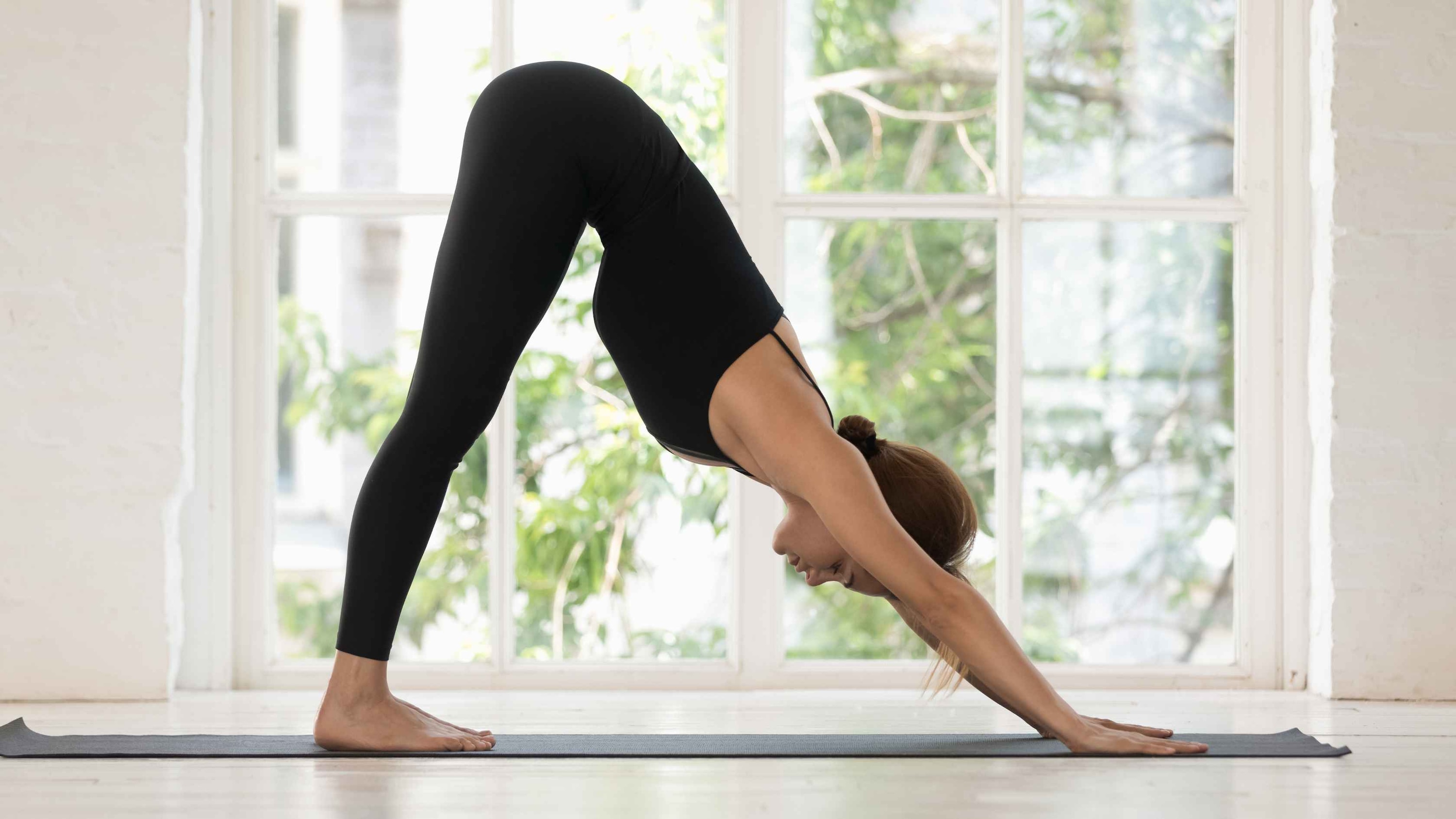
How to do it:
- Start on all fours, keeping hands shoulder-width apart and knees hip-width apart.
- Lift your hips up towards the ceiling, straightening your legs and forming an inverted V-shape.
- Keep your head between your arms, gaze towards your navel.
Benefits: Improves blood circulation to the scalp, energises the body, and reduces stress. Duration: Hold for 30–60 seconds. Repeat 3–4 times.
2. Uttanasana (Standing Forward Bend)
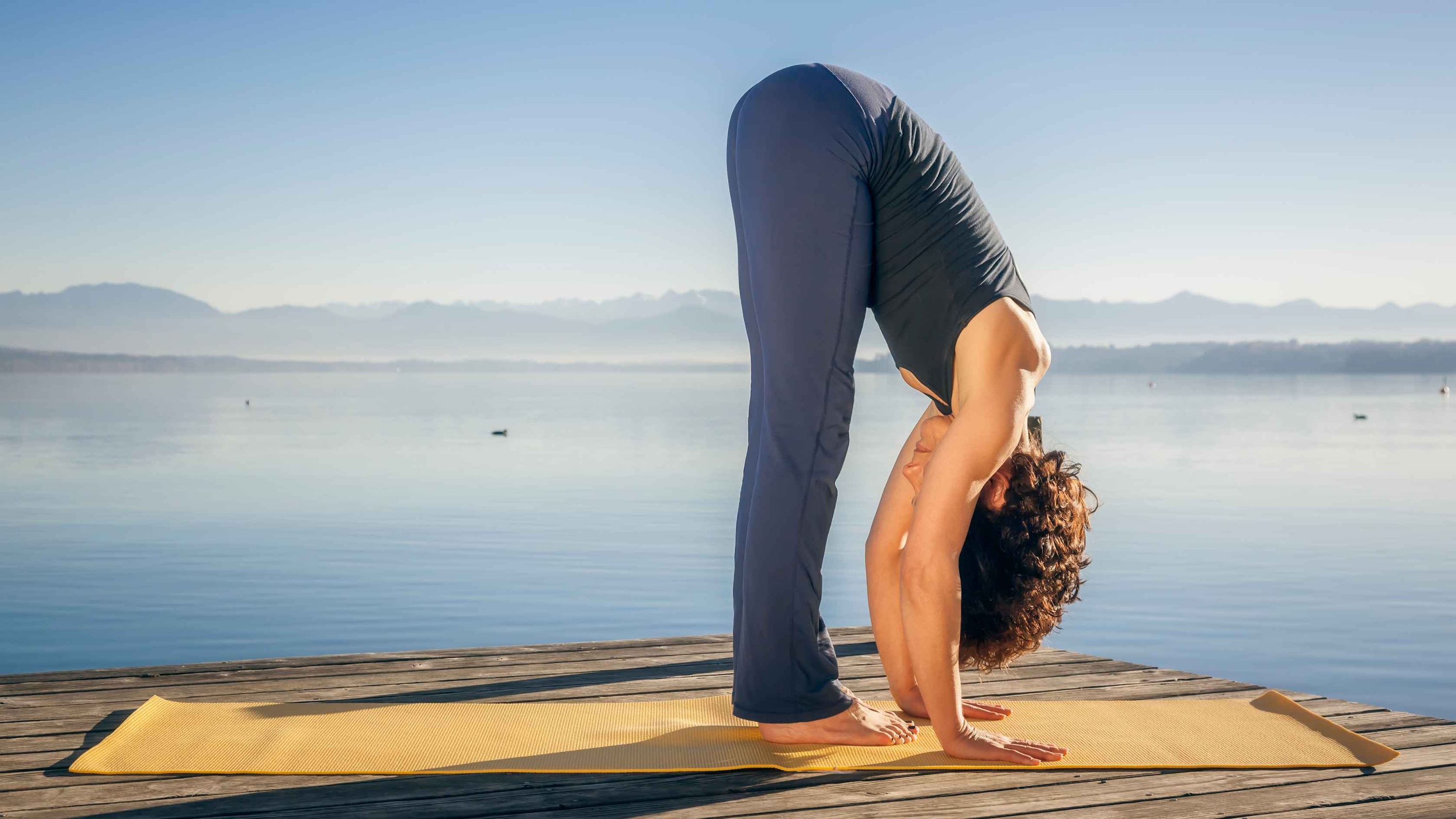
How to do it:
- Stand straight with feet hip-width apart.
- Inhale, then bend forward from the hips, bringing your palms to the floor or holding your ankles.
- Keep knees slightly bent if needed.
Benefits: Brings blood flow to the head, helping nourish hair roots and relieving anxiety. Duration: Hold for 30–45 seconds. Repeat 2–3 times.
3. Vajrasana (Thunderbolt Pose)
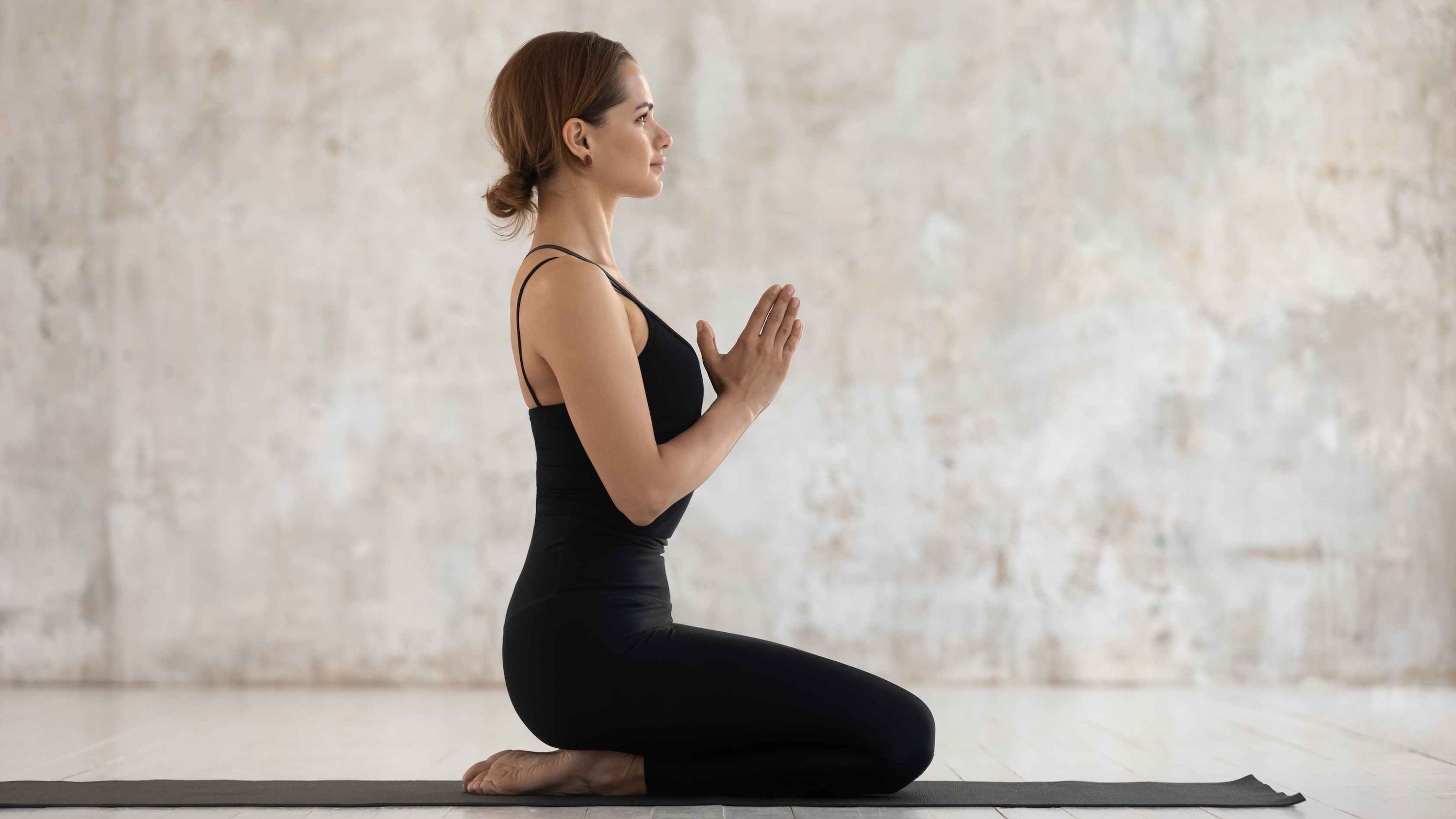
How to do it:
- Kneel on the floor, bringing your heels under your hips.
- Sit upright with your spine straight and hands on your thighs.
- Close your eyes and breathe deeply.
Benefits: Improves digestion and reduces stress—both of which impact hair health. Duration: 5–10 minutes after meals or anytime during the day.
4. Sirsasana (Headstand) For Advanced Practitioners
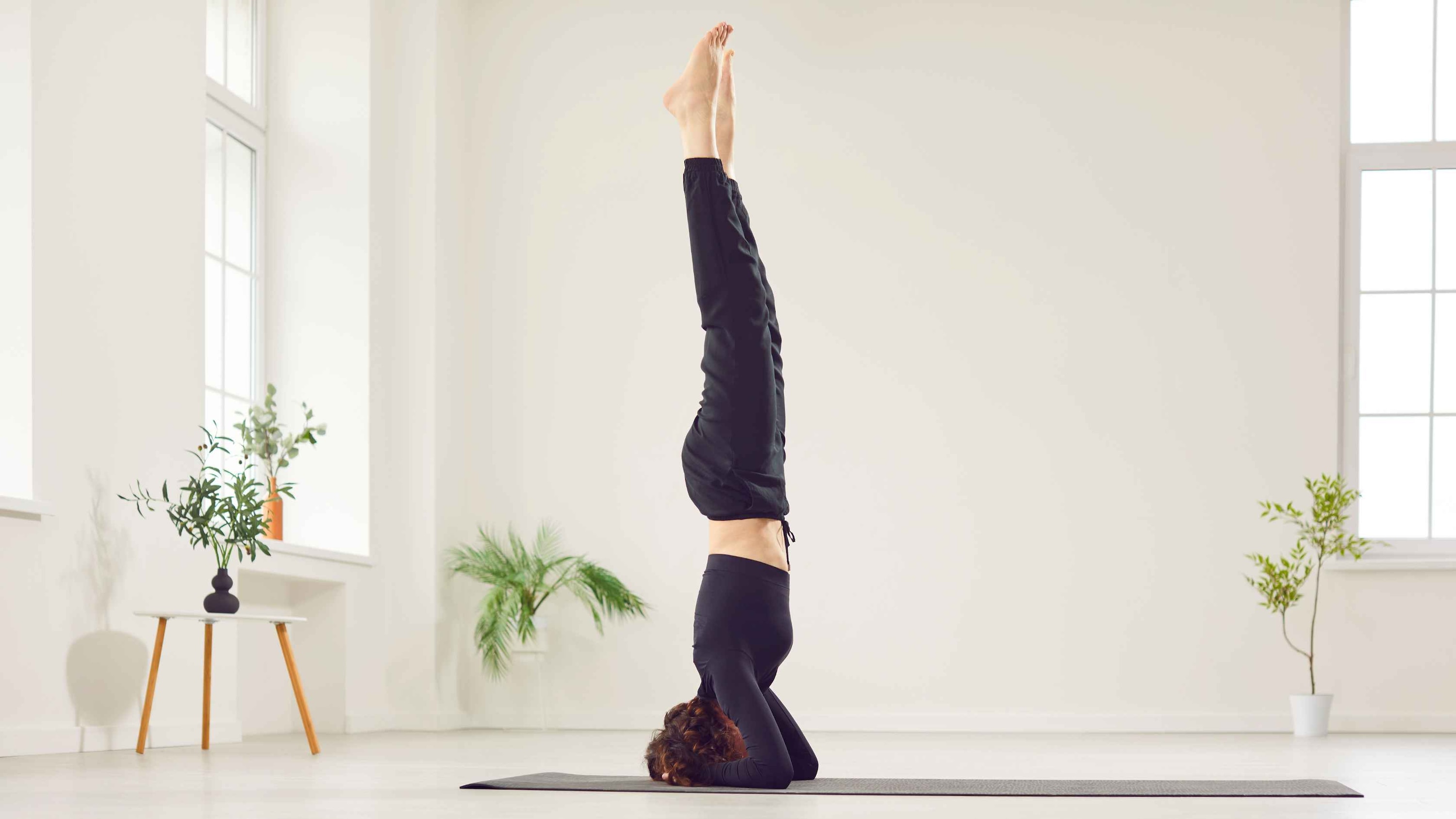
How to do it:
- Kneel on the floor, interlock your fingers, and place your head between your palms.
- Slowly lift your legs up until your body is vertical.
- Balance carefully against a wall if needed.
Benefits: Reverses gravity, sending nutrient-rich blood directly to the scalp for healthy hair growth. Duration: Start with 15–20 seconds and gradually increase.
5. Sarvangasana (Shoulder Stand Pose)
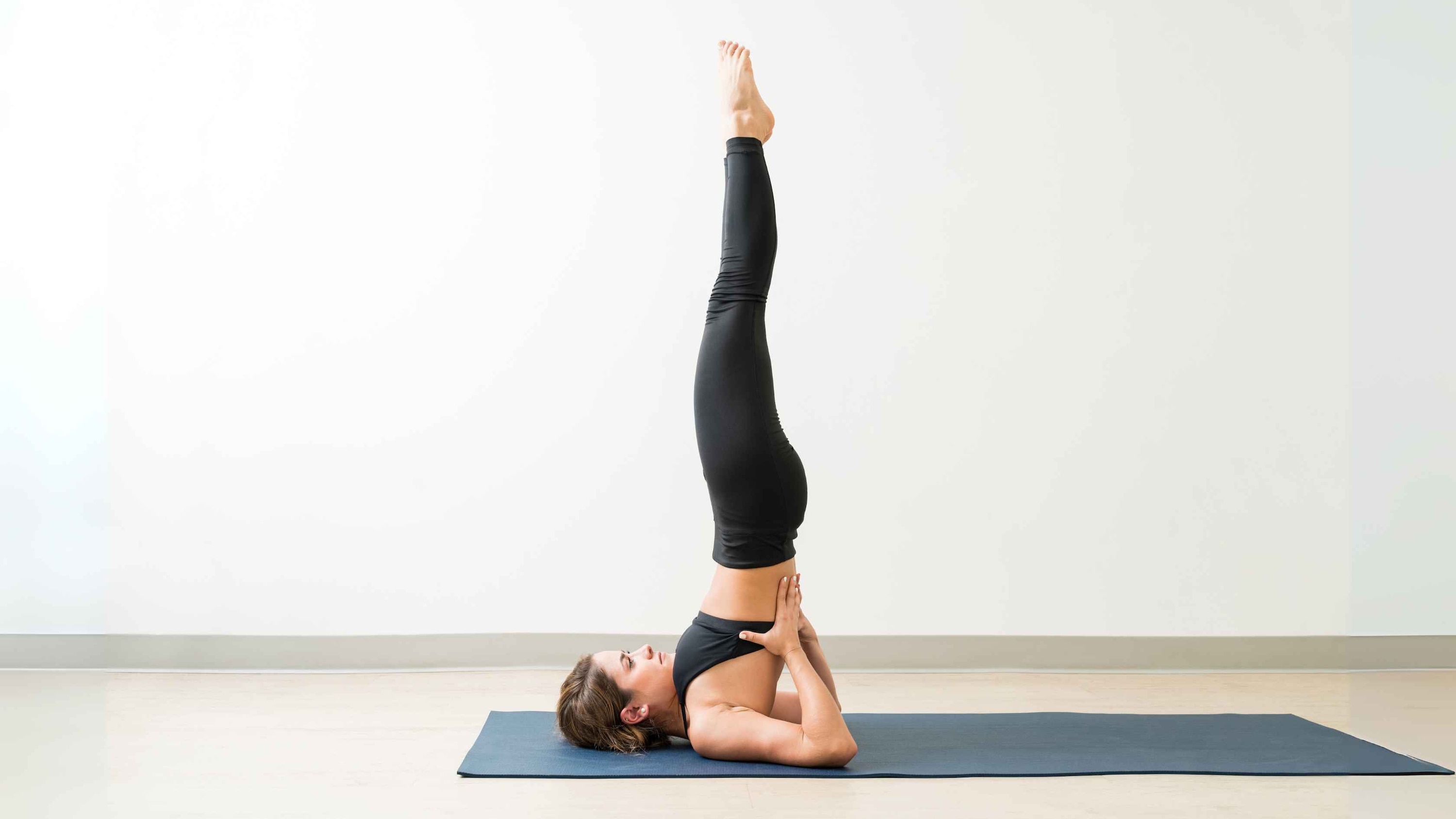
How to do it:
- Lie on your back, lift your legs overhead, supporting your back with your hands.
- Keep your legs and spine straight, with weight on shoulders and upper arms.
Benefits: Stimulates thyroid function, improves circulation, and helps with hair fall control. Duration: Hold for 30–60 seconds.
6. Pavanmuktasana (Wind-Relieving Pose)
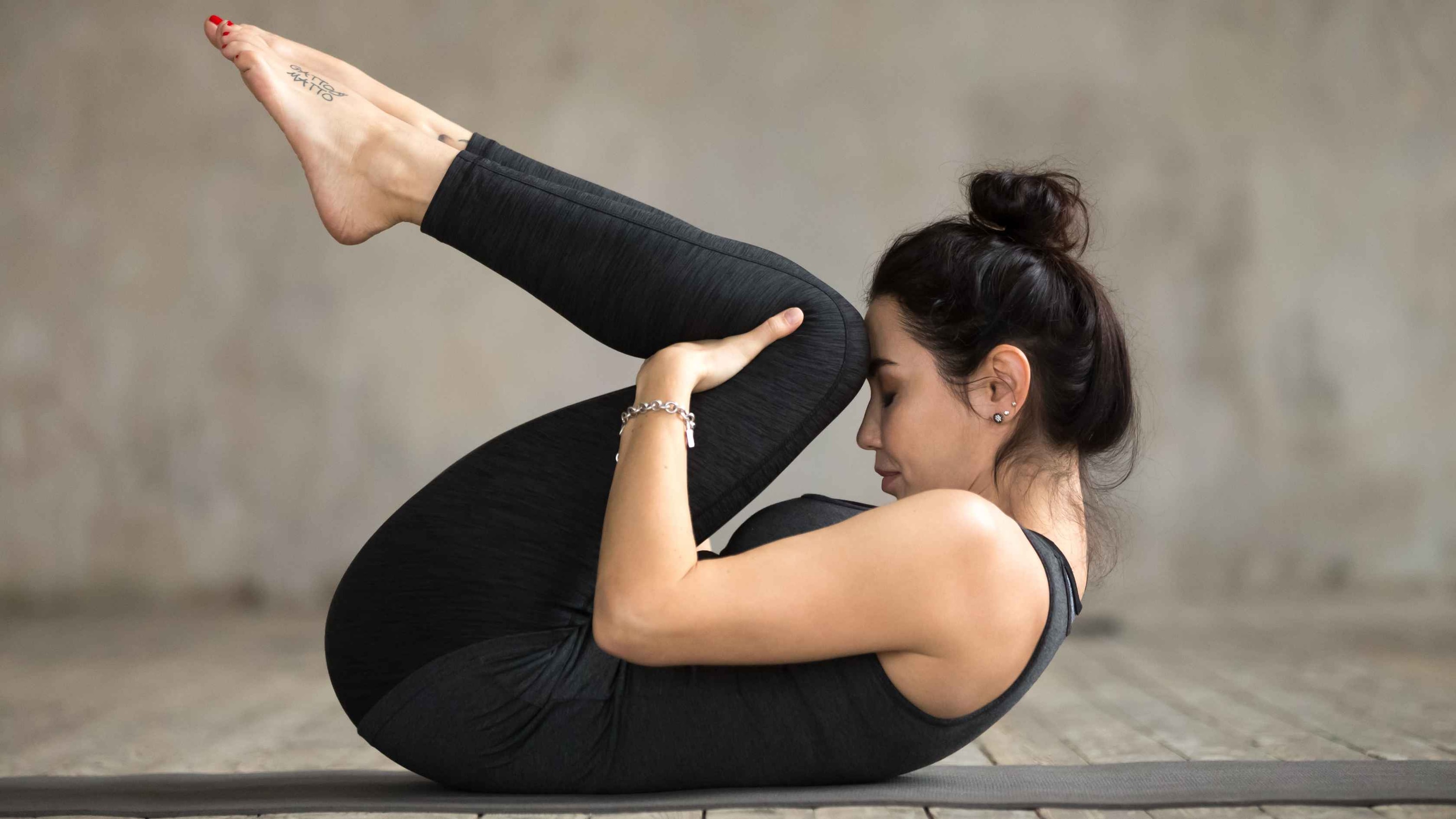
How to do it:
- Lie on your back, bend your knees, and hug them to your chest.
- Lift your head to touch your knees.
Benefits: Improves digestion and reduces bloating, which indirectly promotes hair health. Duration: Hold for 30 seconds. Repeat 2–3 times.
7. Kapalabhati Pranayama (Breathing Exercise)
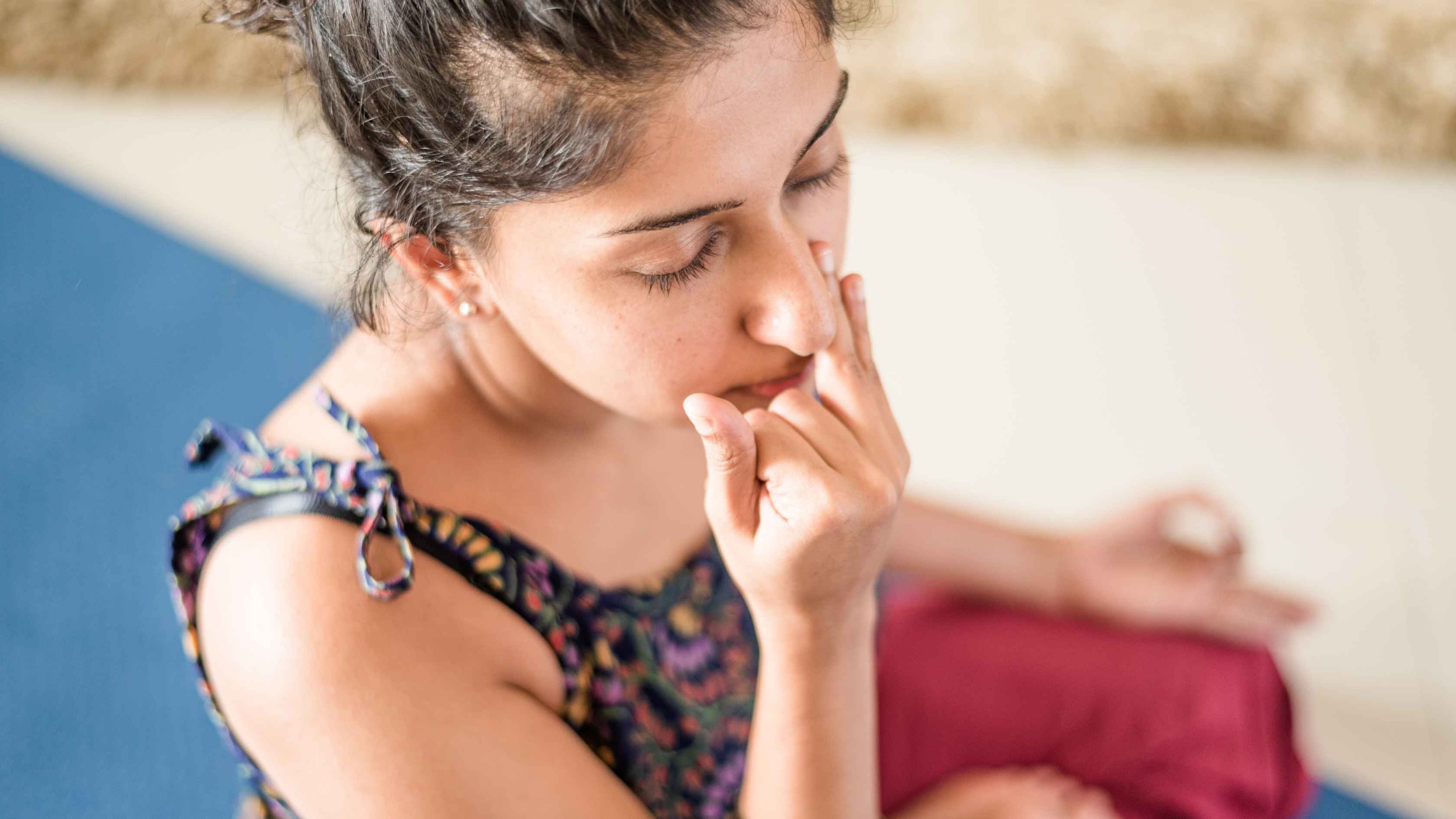
How to do it:
- Sit in a comfortable position with a straight spine.
- Take a deep breath in and exhale forcefully while pulling your stomach in.
- Continue rapid exhalations and passive inhalations.
Benefits: Detoxifies the body, improves oxygen supply to the scalp, and reduces stress. Duration: 1–2 minutes daily.
8. Balasana (Child’s Pose)
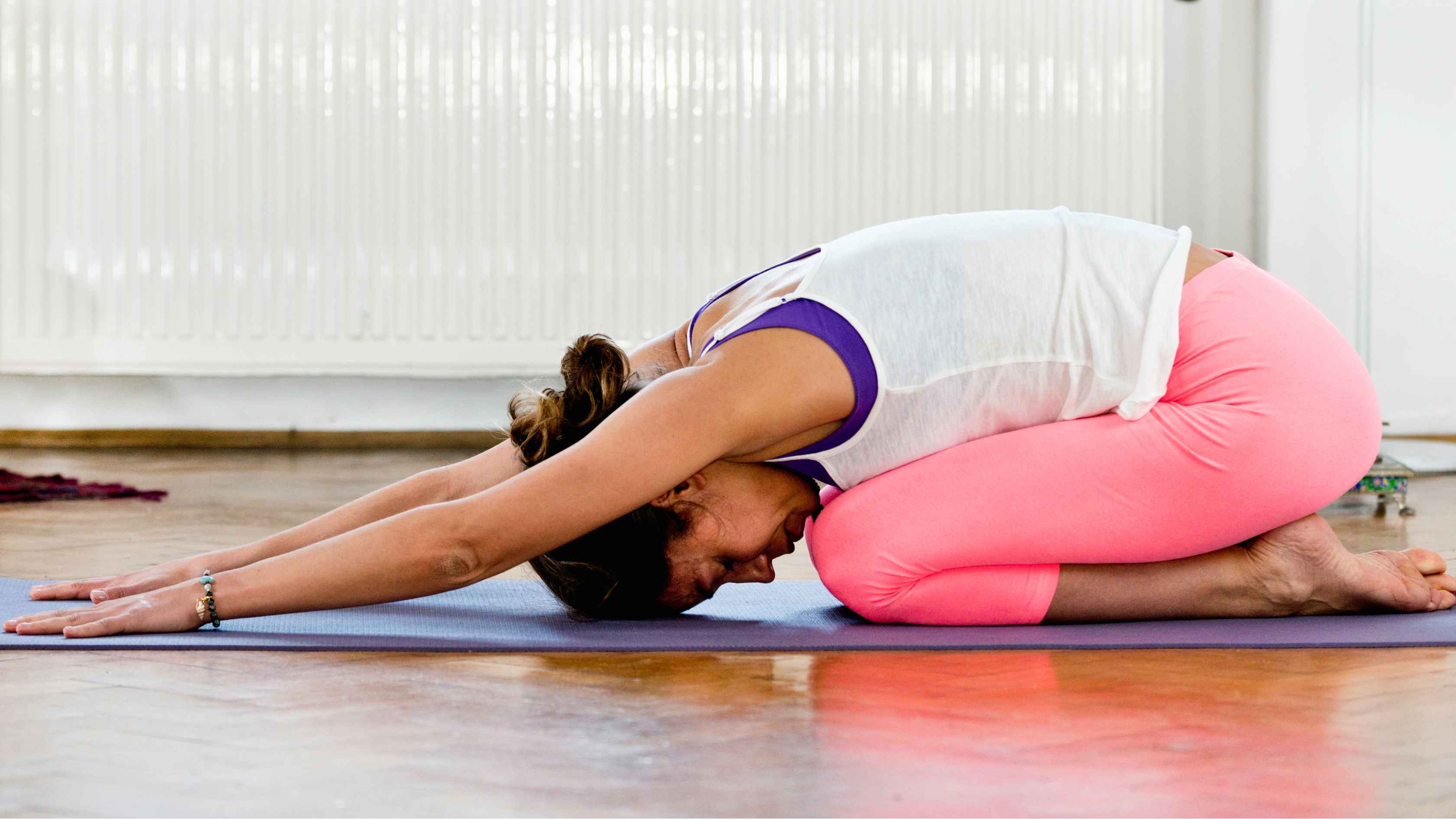
How to do it:
- Kneel on the floor, sit on your heels, and bend forward with your arms stretched out.
- Rest your forehead on the mat.
Benefits: Calms the nervous system and improves scalp circulation. Duration: 1–2 minutes. Repeat twice.
9. Setu Bandhasana (Bridge Pose)
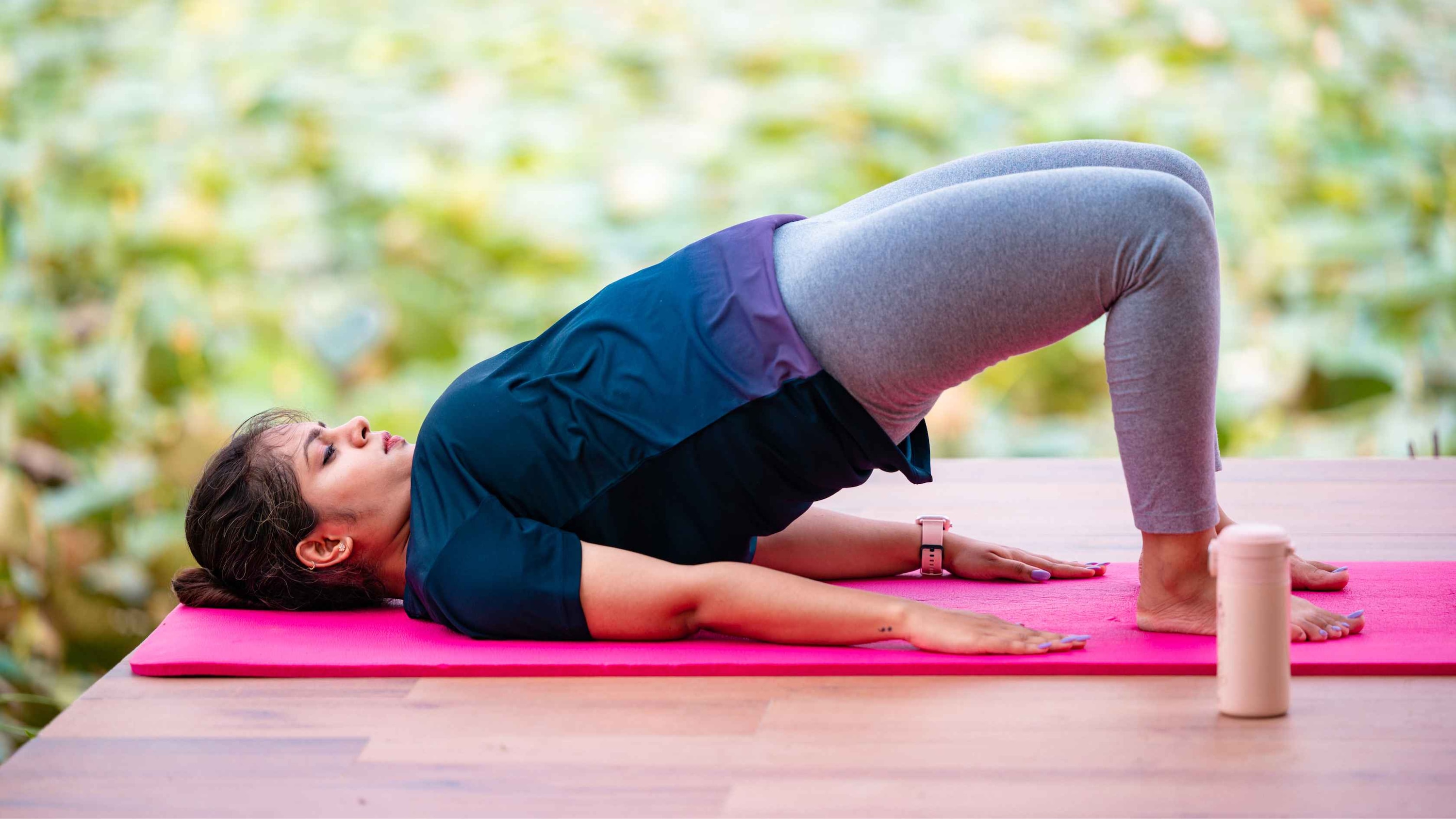
How to do it:
- Lie on your back with knees bent and feet hip-width apart.
- Lift your hips upwards while keeping your shoulders grounded.
Benefits: Reduces stress, improves blood circulation, and balances hormones. Duration: Hold for 30–40 seconds. Repeat 2–3 times.
10. Matsyasana (Fish Pose)
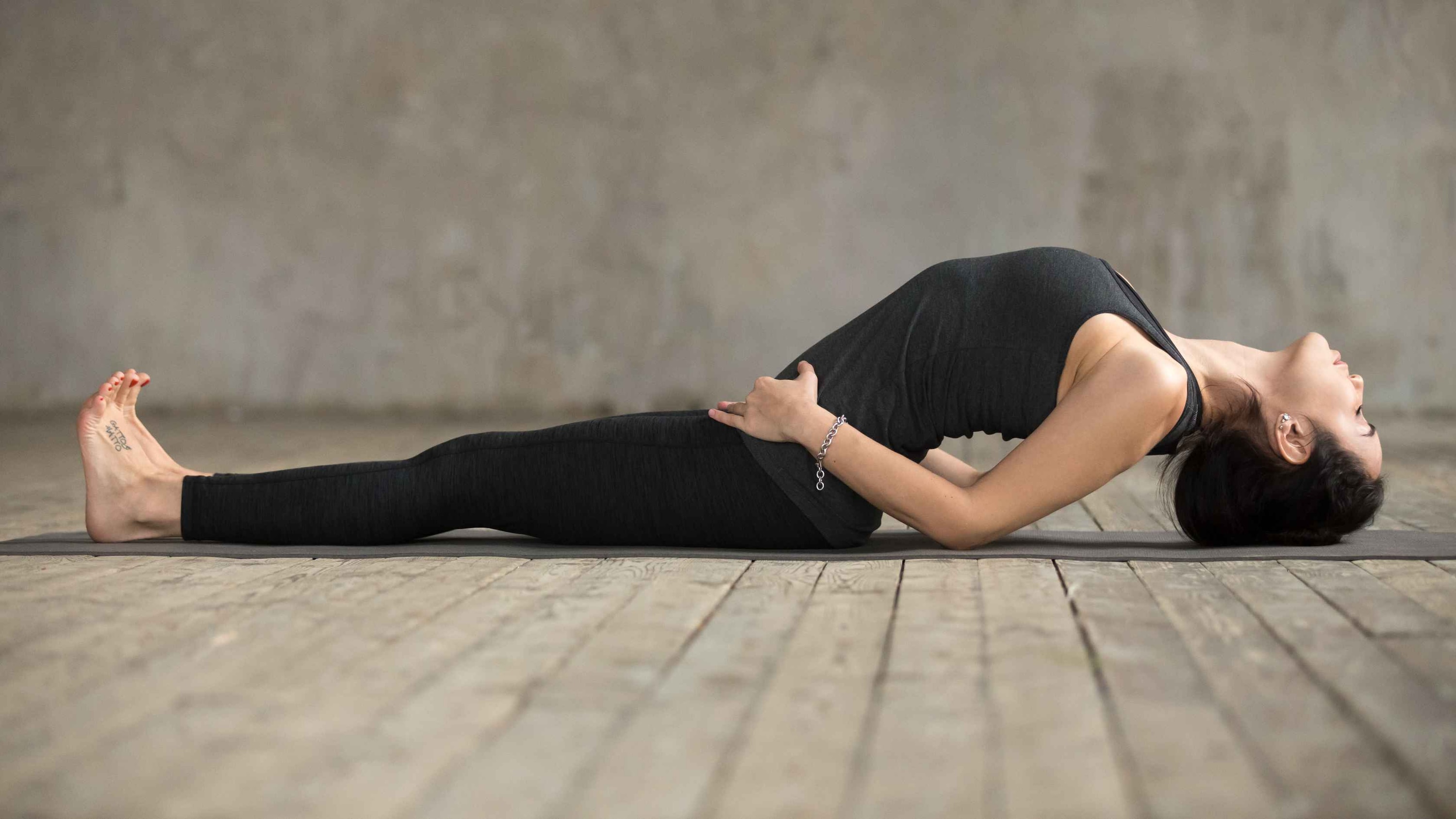
How to do it:
- Lie on your back, arch your chest upward, and rest your head crown on the floor.
- Keep your legs extended and arms relaxed.
Benefits: Stimulates the thyroid gland and improves blood flow to the scalp. Duration: 20–30 seconds. Repeat twice.
03Common Mistakes to Avoid
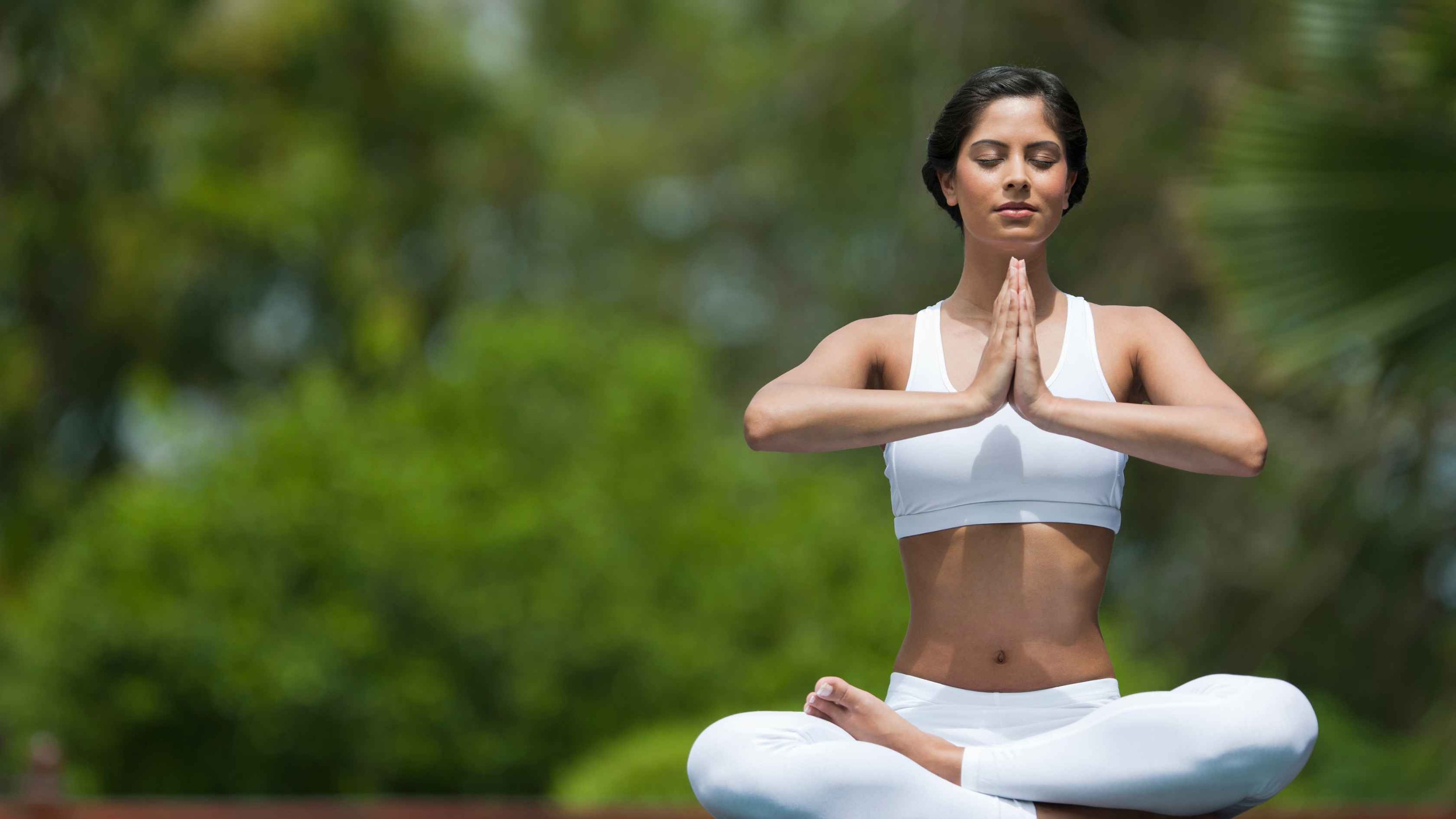
- Practising advanced asanas like headstands without guidance.
- Holding your breath while performing yoga poses.
- Skipping warm-up stretches before starting.
- Expecting instant results—consistency is key.
04Expert Tips for Best Results
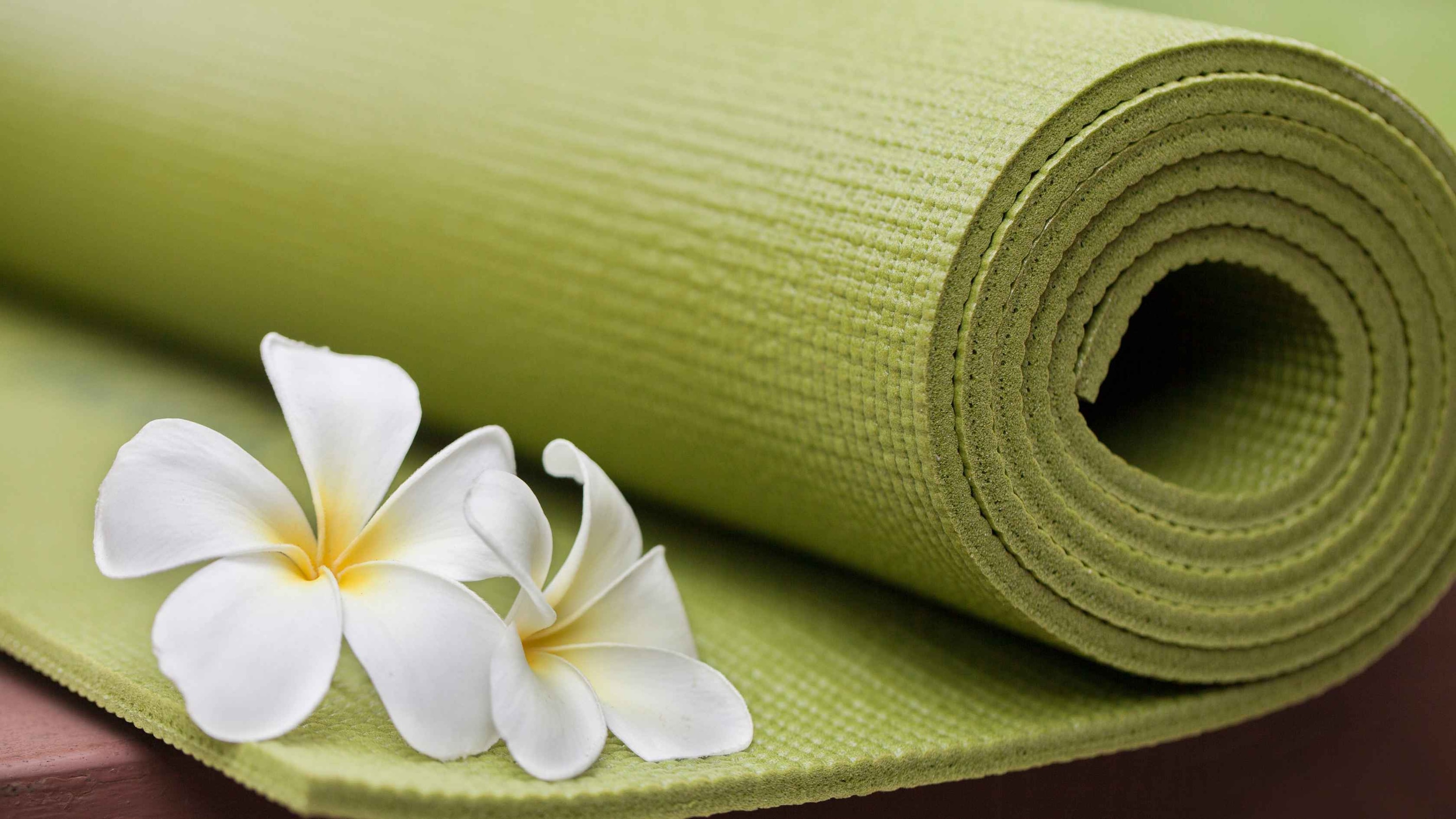
- Practise yoga early in the morning on an empty stomach.
- Combine yoga with a nutrient-rich diet for hair health.
- Stay hydrated before and after your session.
- Be consistent—at least 4–5 times a week for visible results.
- Use a comfortable mat to avoid strain or injury.
Practicing yoga for hair fall regularly not only promotes better scalp circulation and strengthens hair roots but also helps you manage stress—a major cause of hair fall today. Combine these asanas with a balanced diet, proper hair care, and lifestyle changes for the best results.
05FAQs
1. How long does it take for yoga to show results for hair fall?
You may start seeing improvements in 2–3 months with consistent practice.
2. Can yoga alone stop hair fall completely?
Yoga helps significantly, but pairing it with proper diet and care works best.
3. How often should I practise yoga for hair fall control?
Aim for at least 4–5 times a week for best results.
4. Are there any risks involved?
Avoid advanced poses like headstands if you have neck or back issues. Always learn from a certified yoga instructor first.
5. Which is the best yoga pose for hair growth?
Inversions like Sirsasana and Sarvangasana are particularly effective as they increase blood flow to the scalp.

